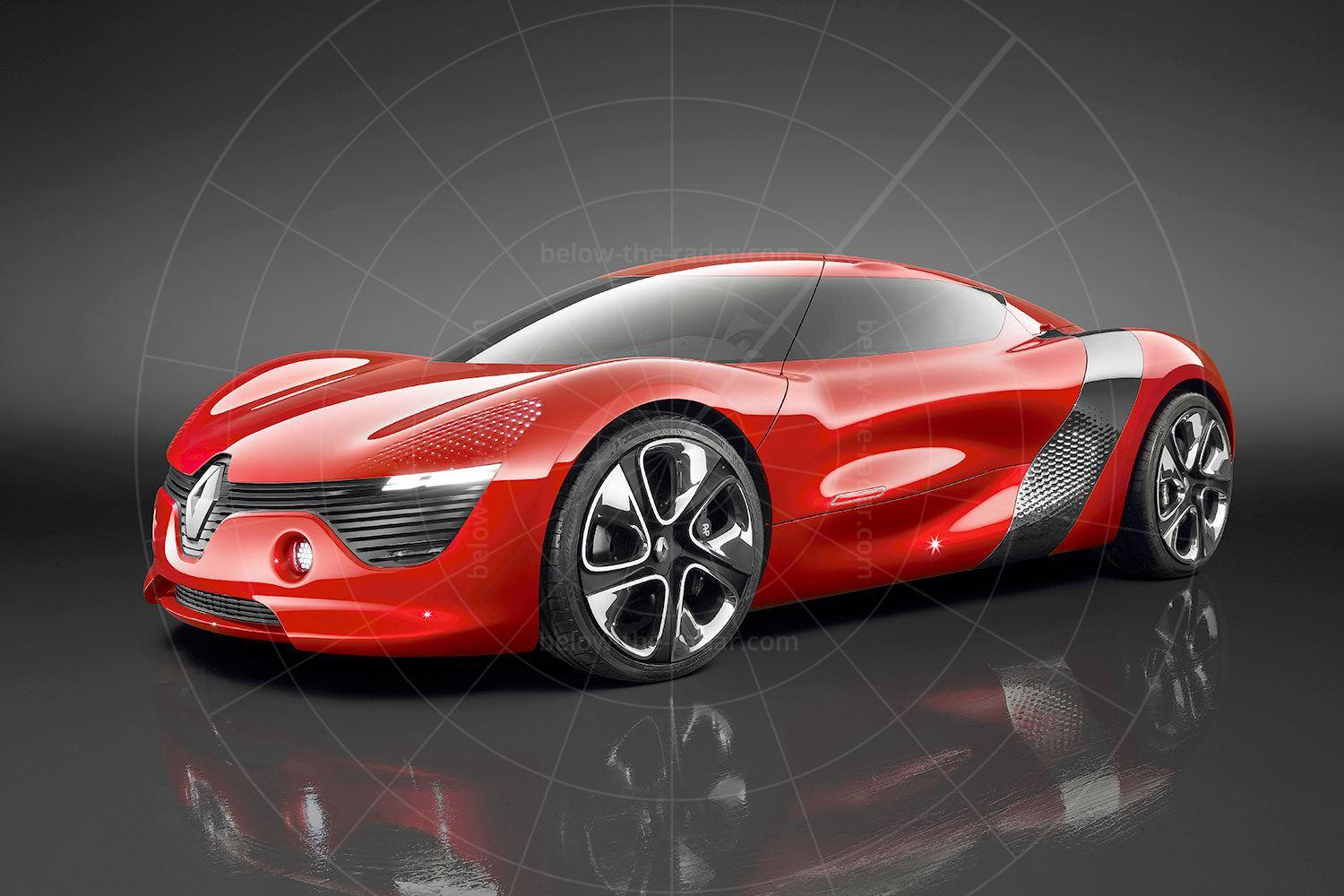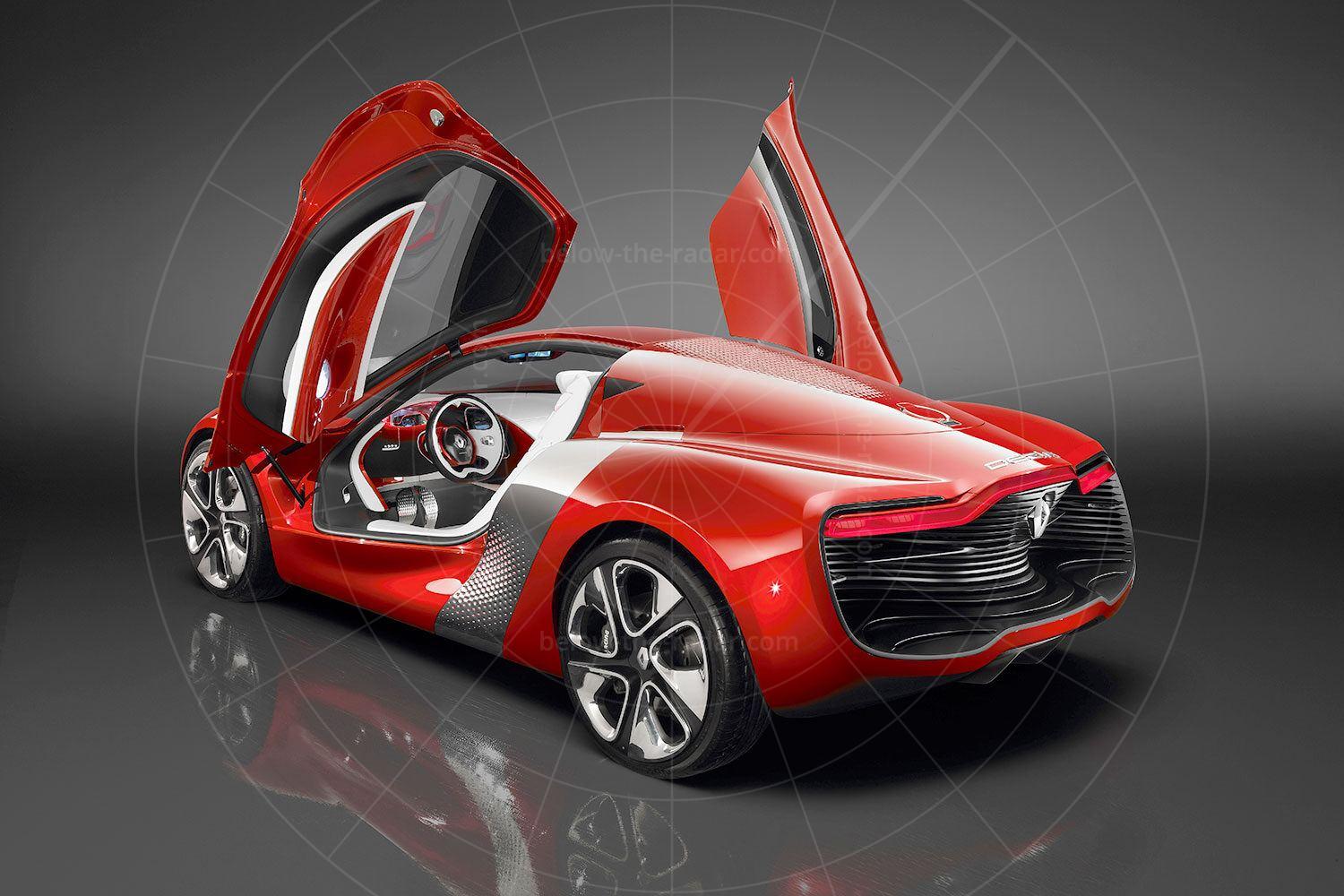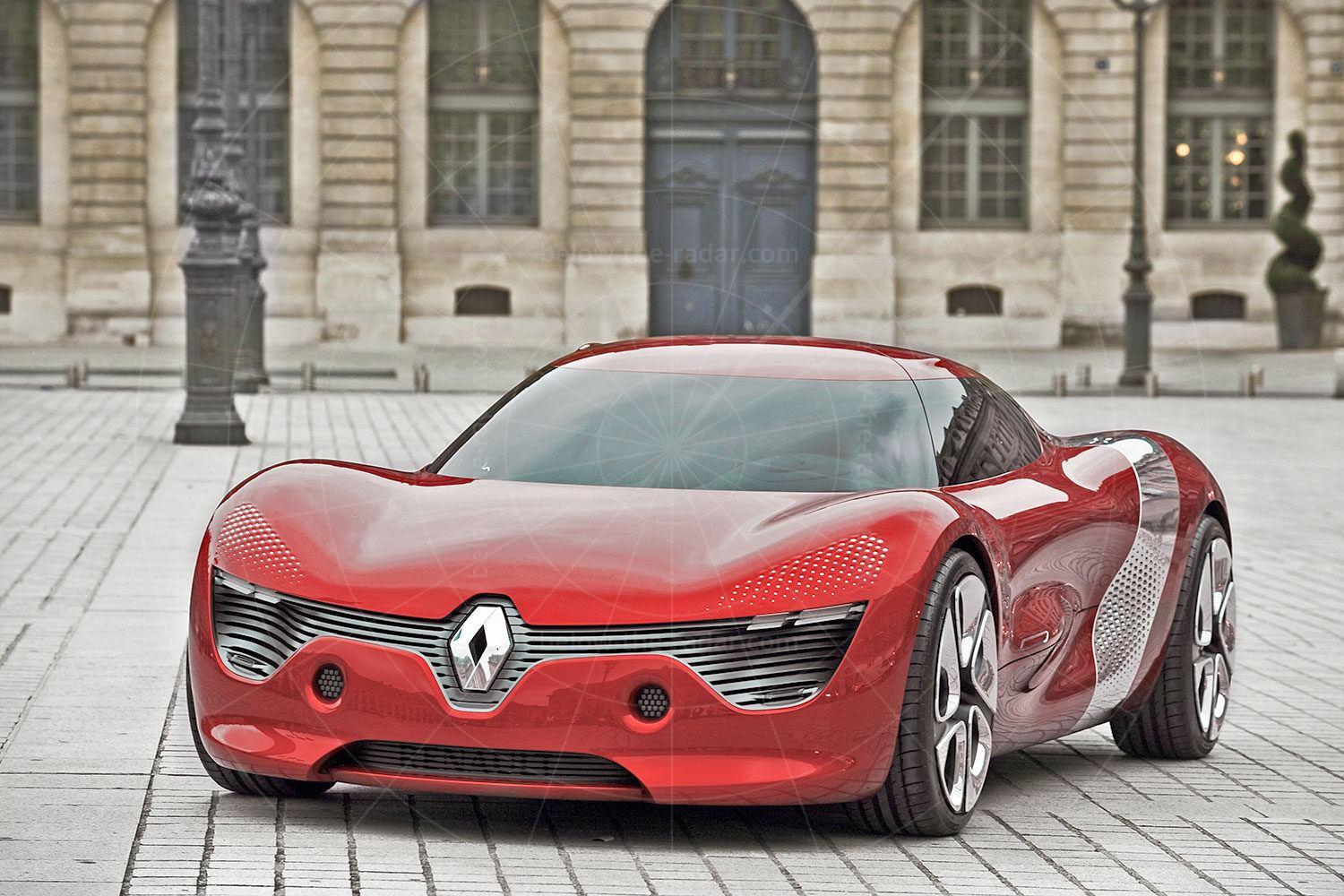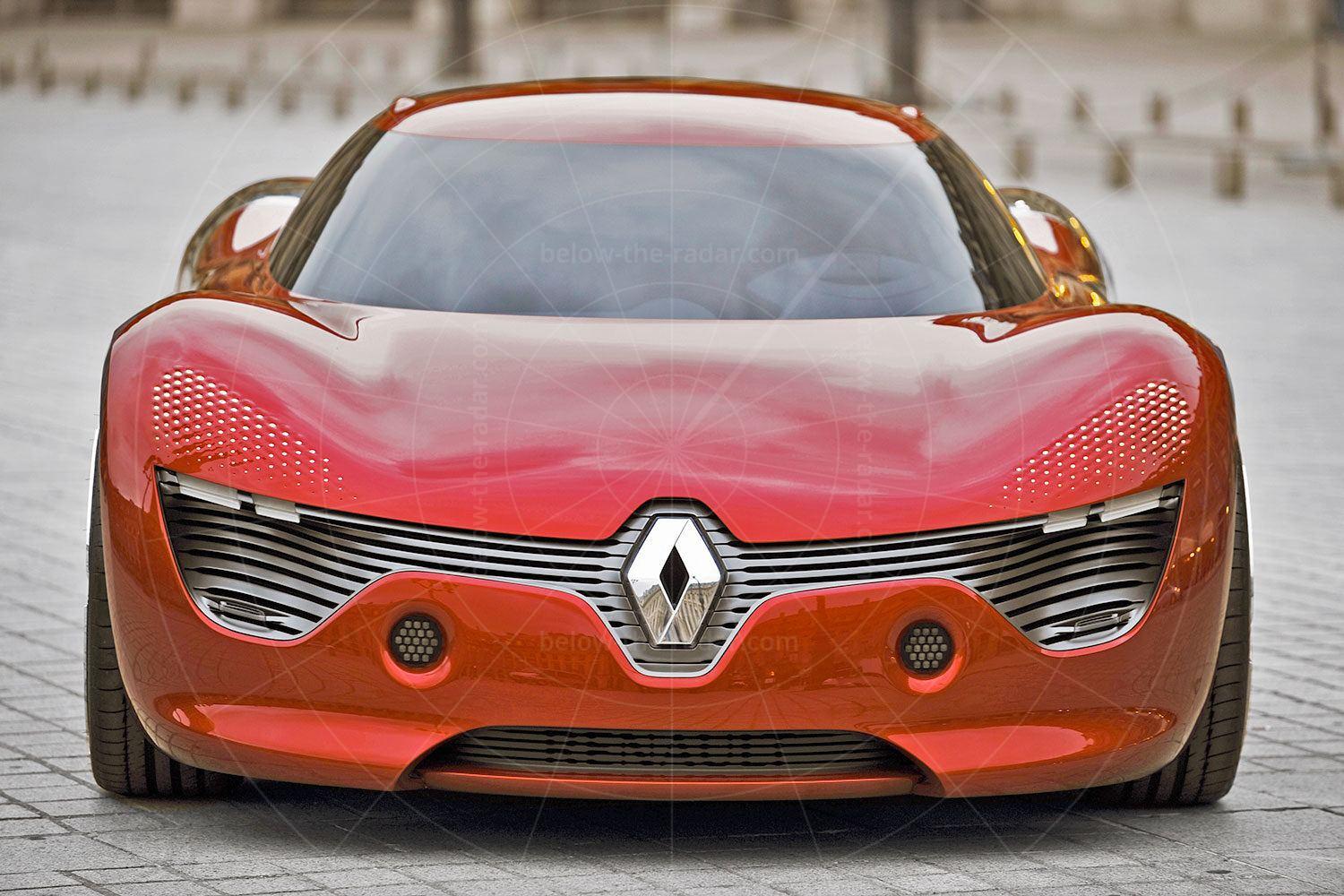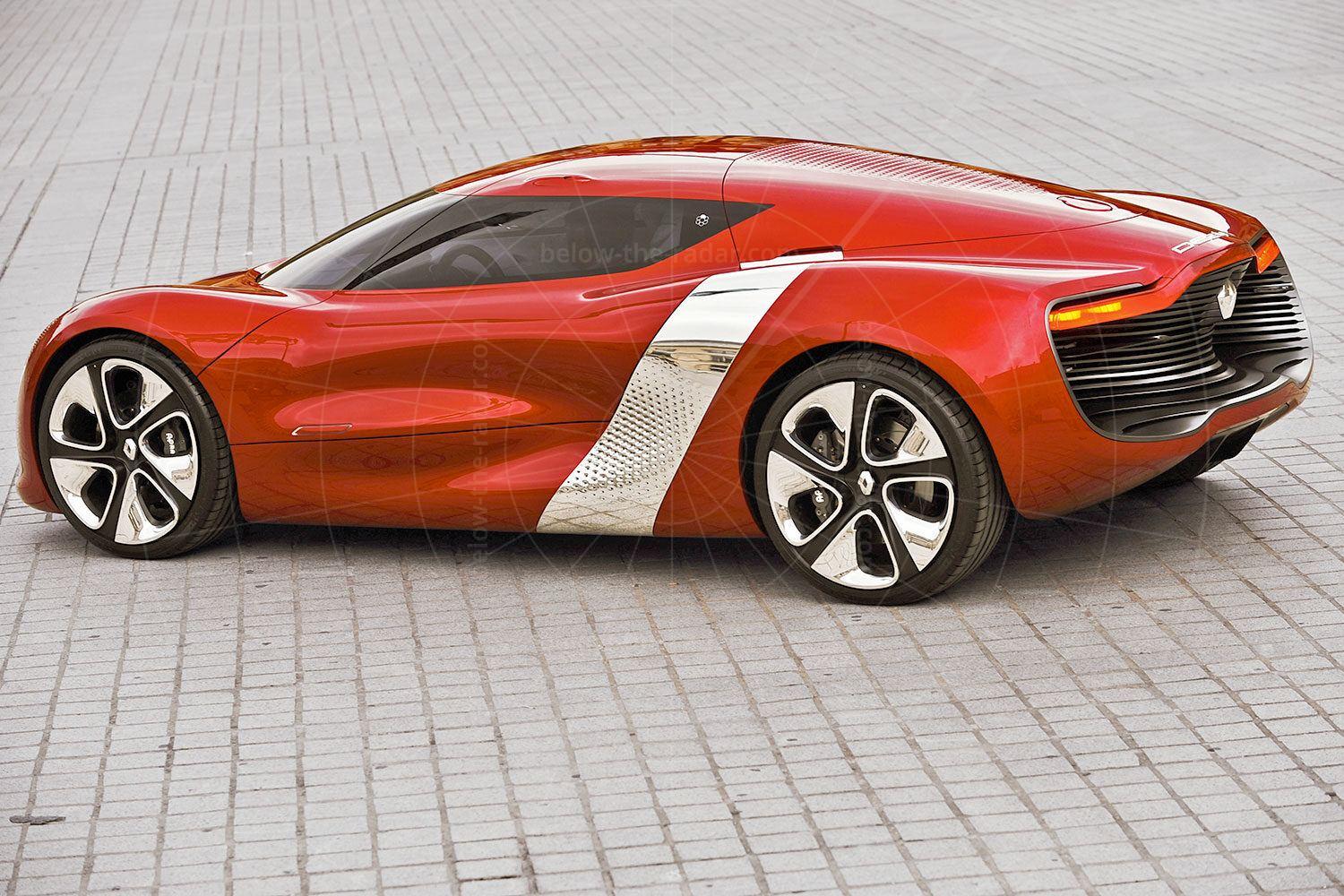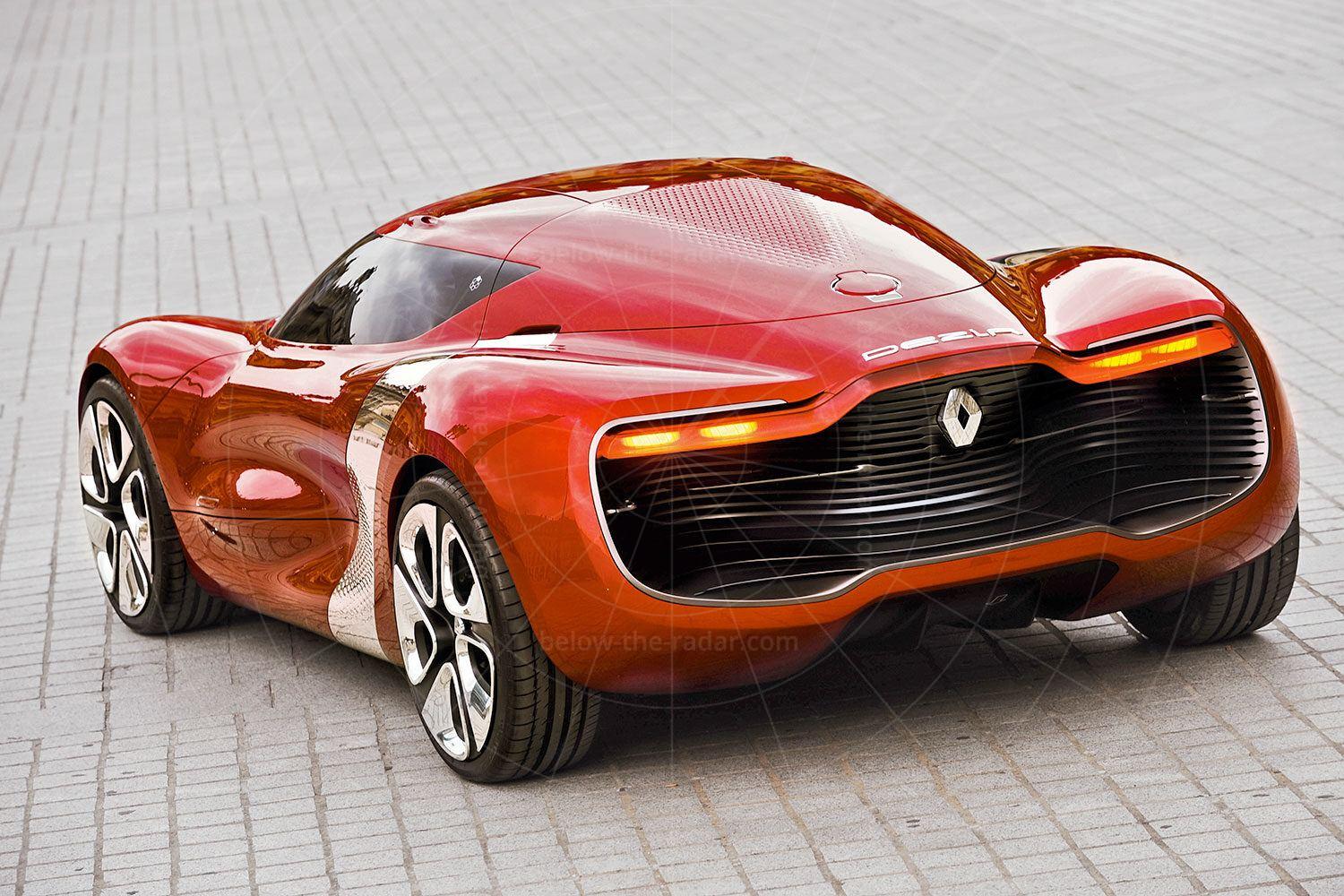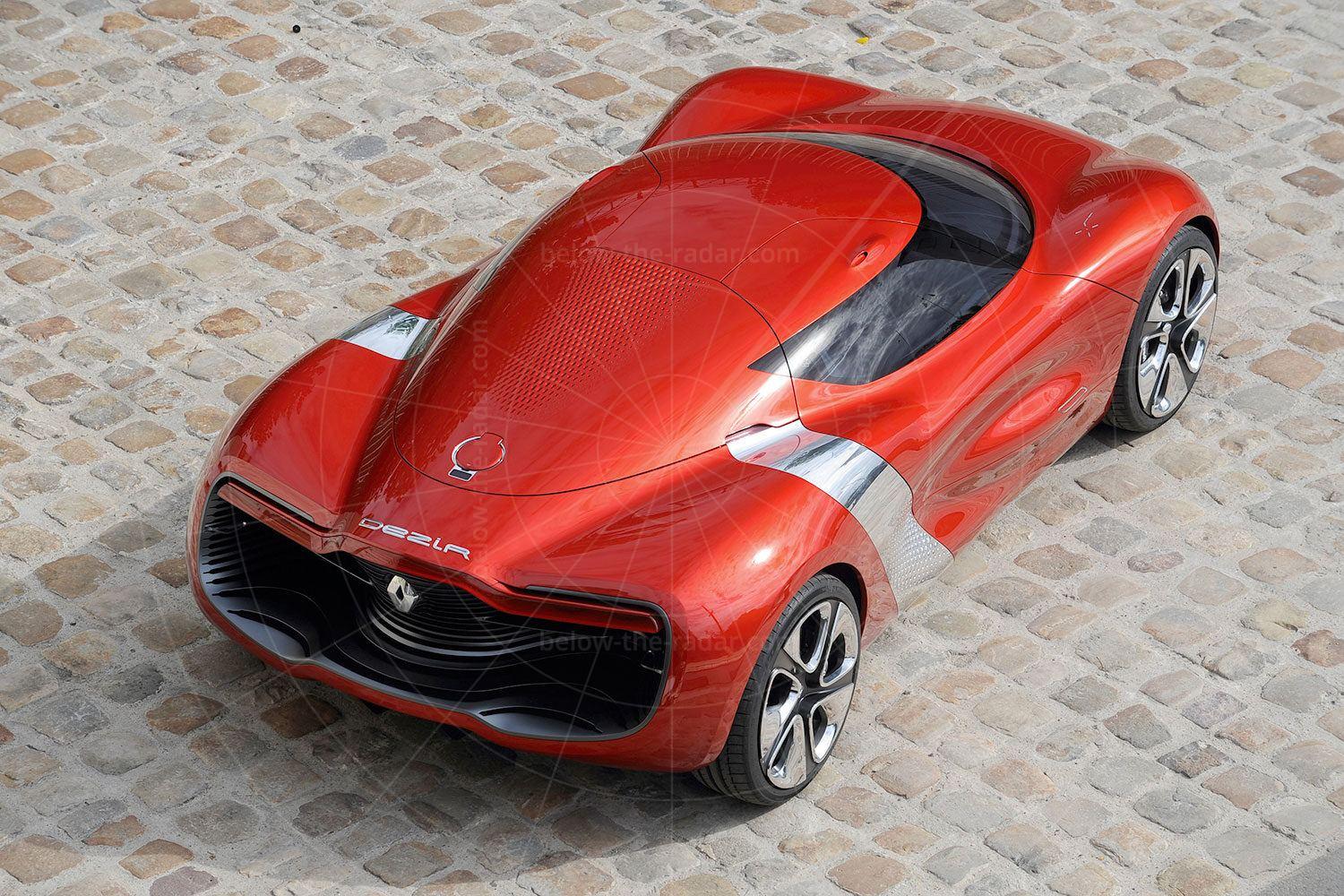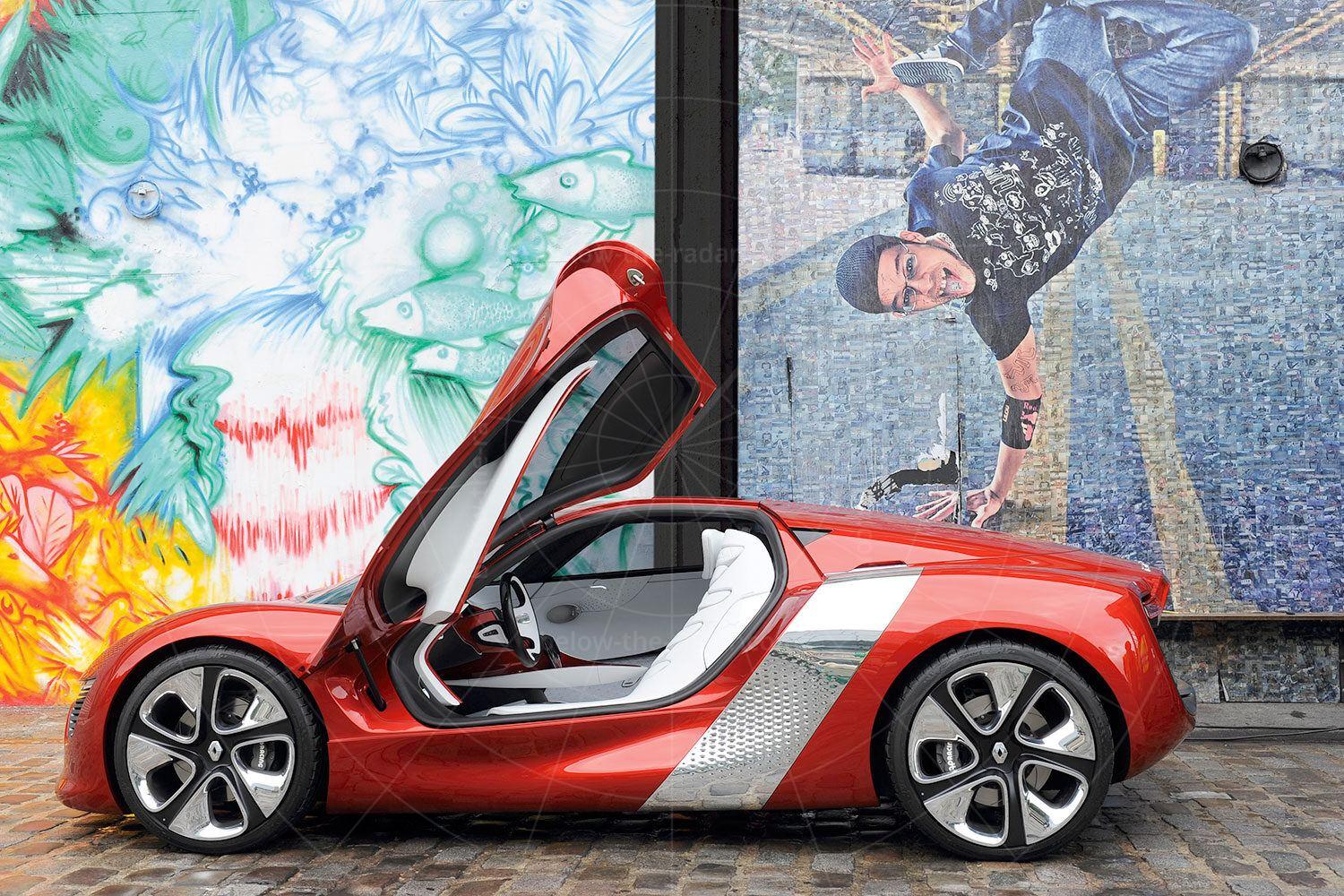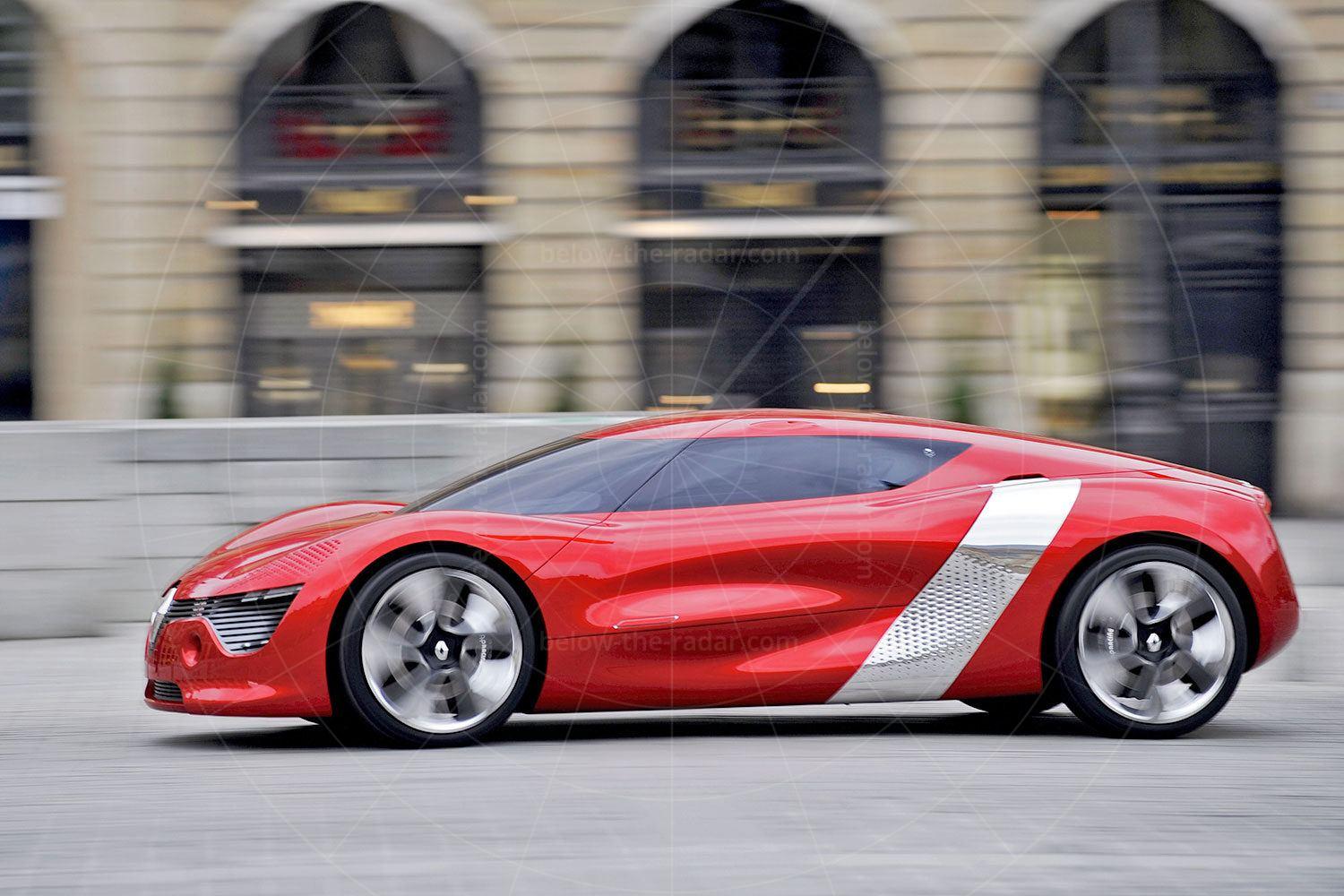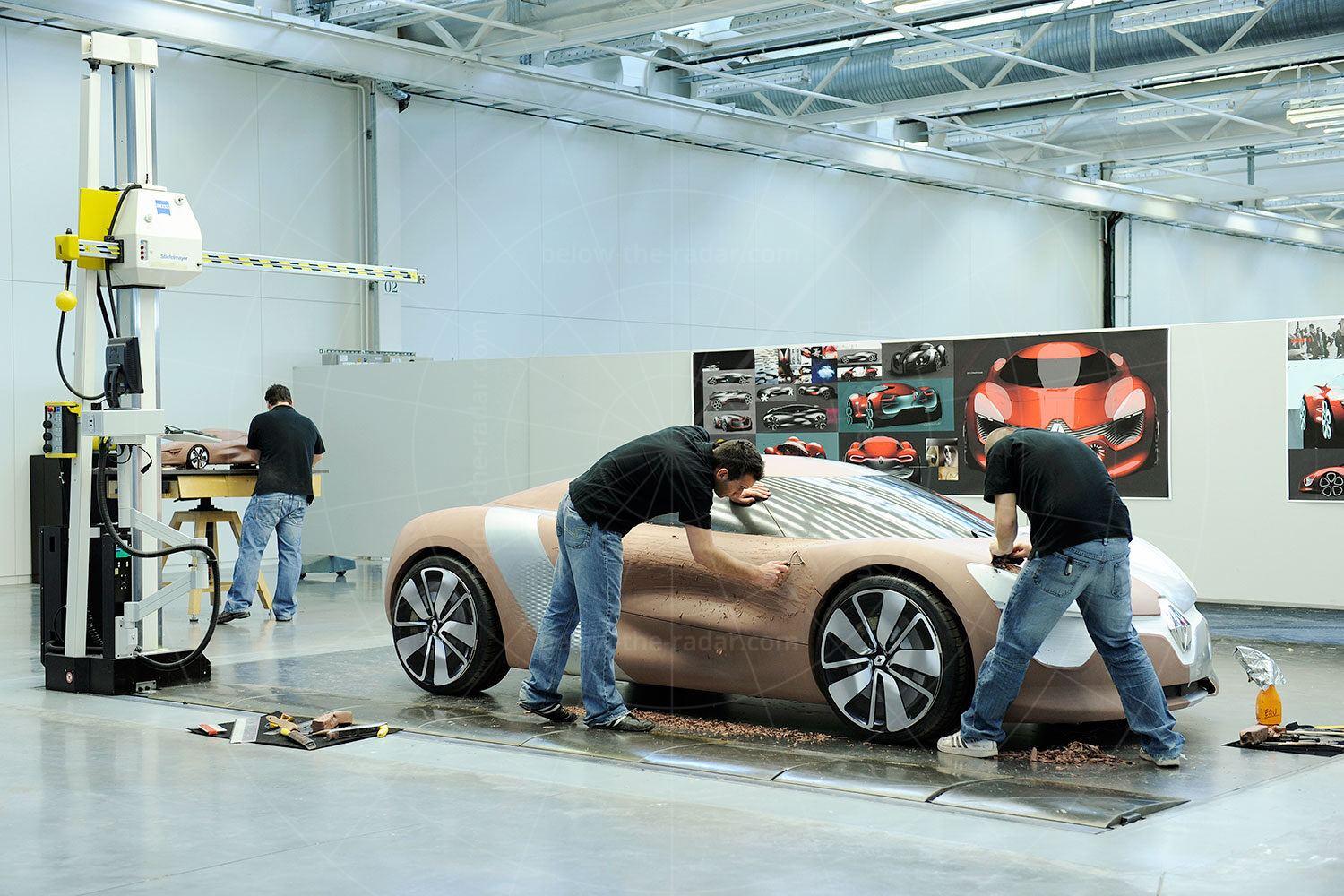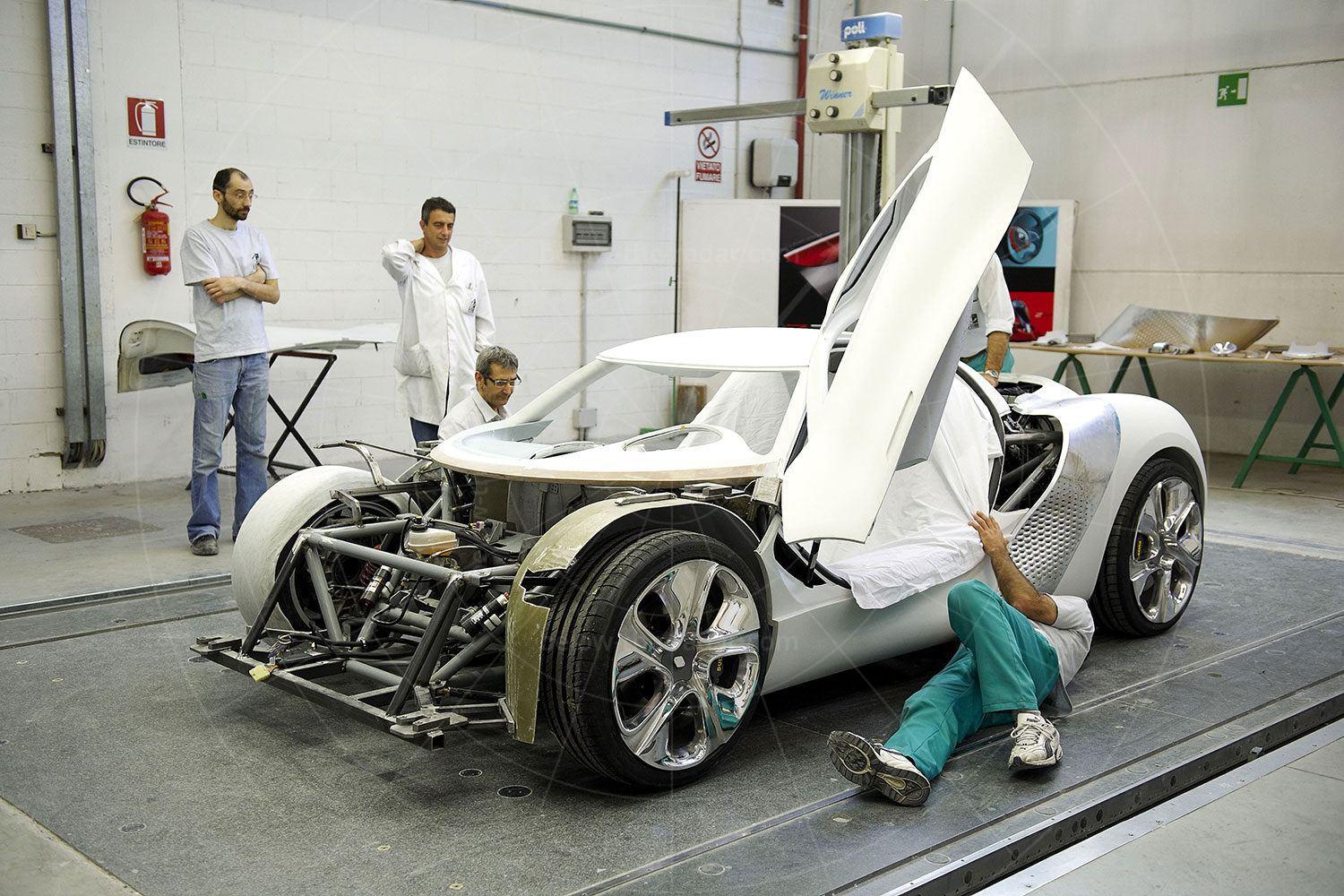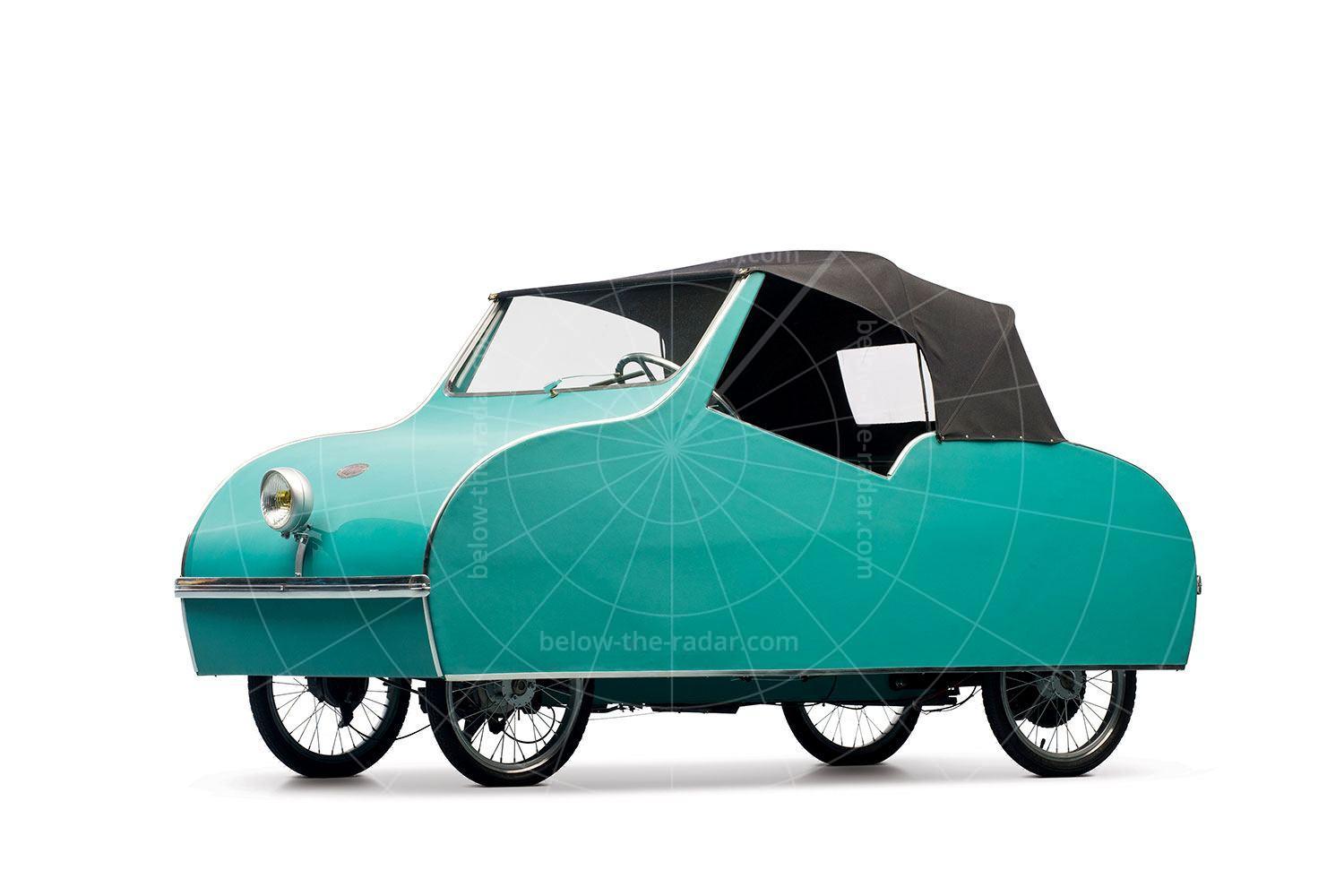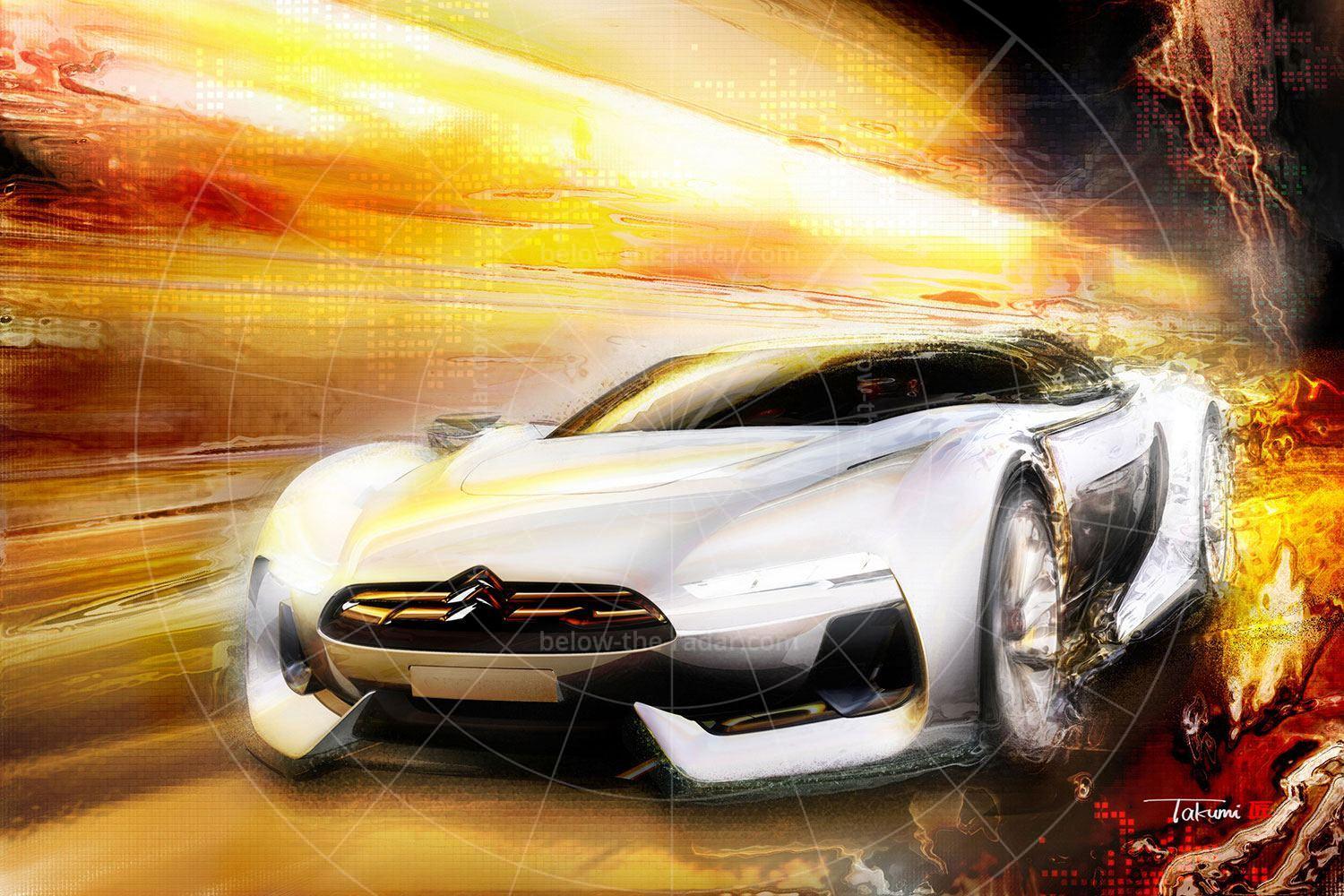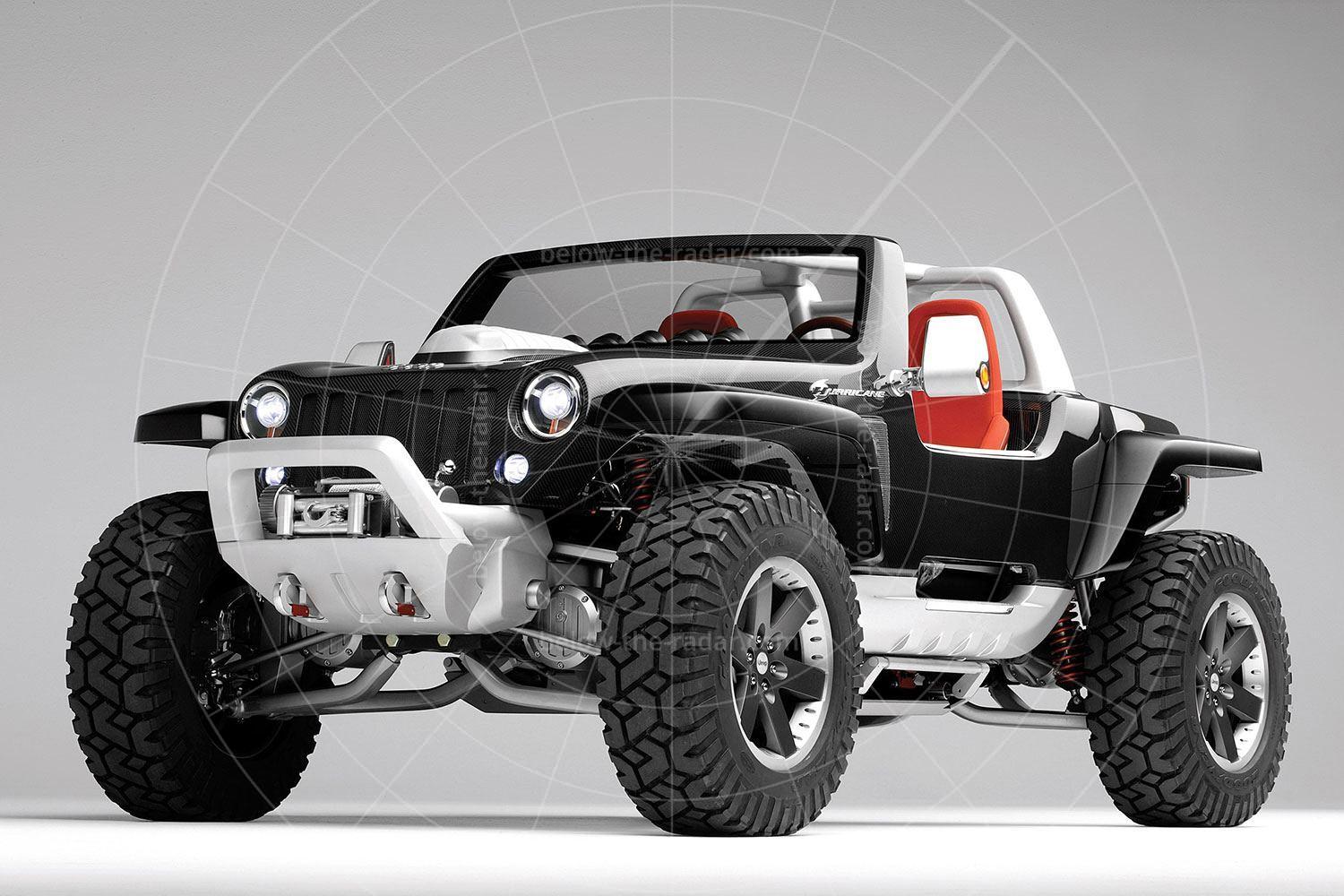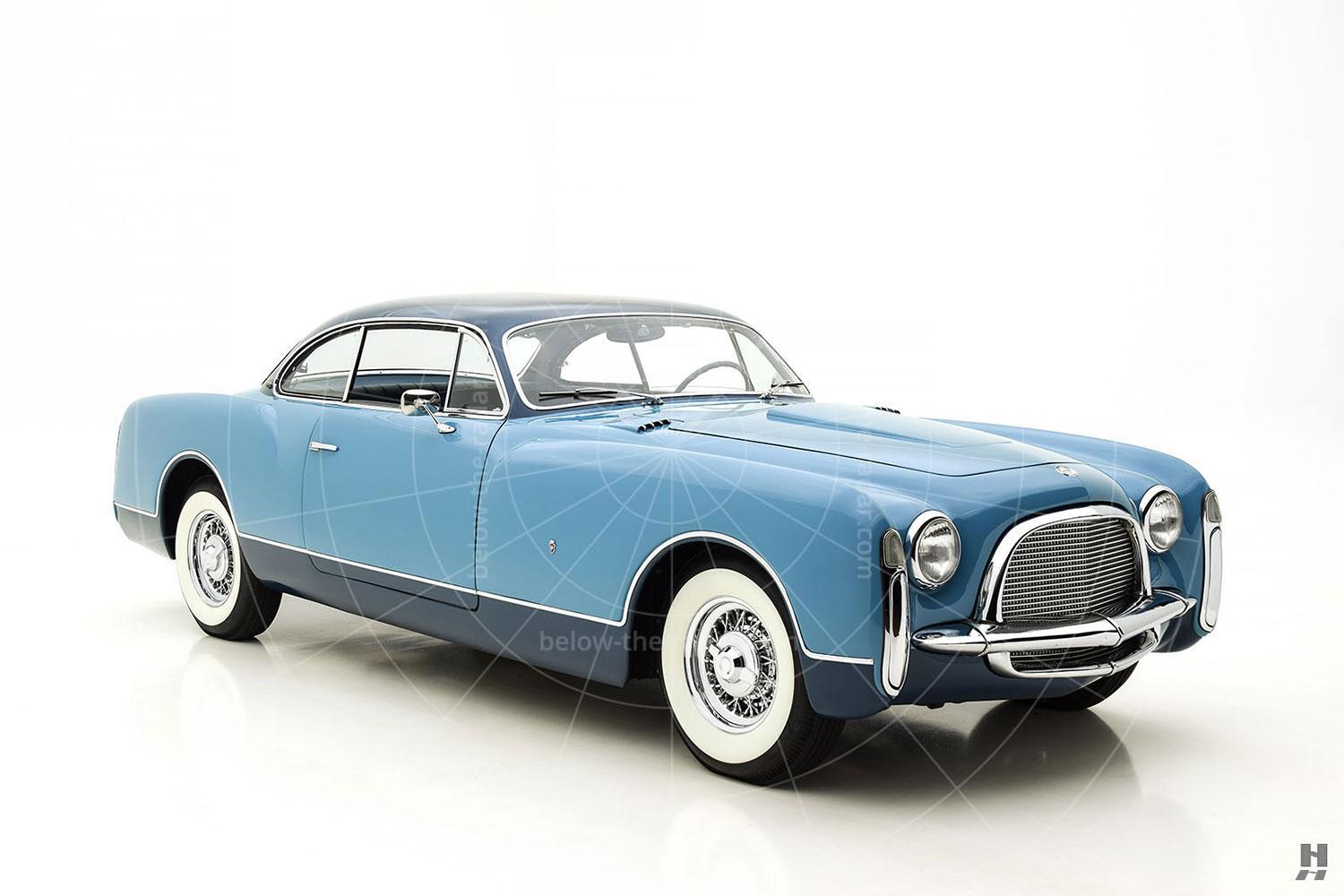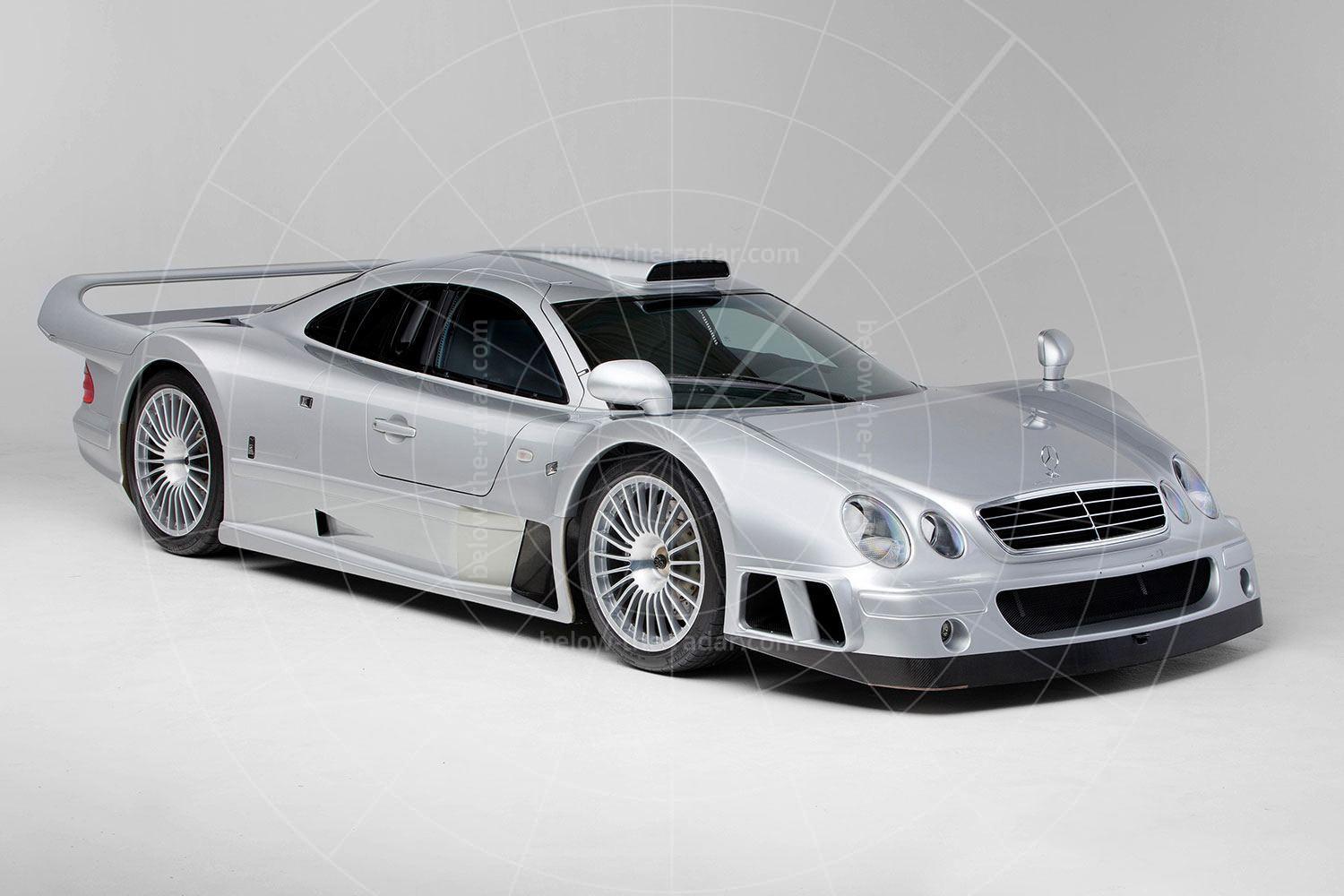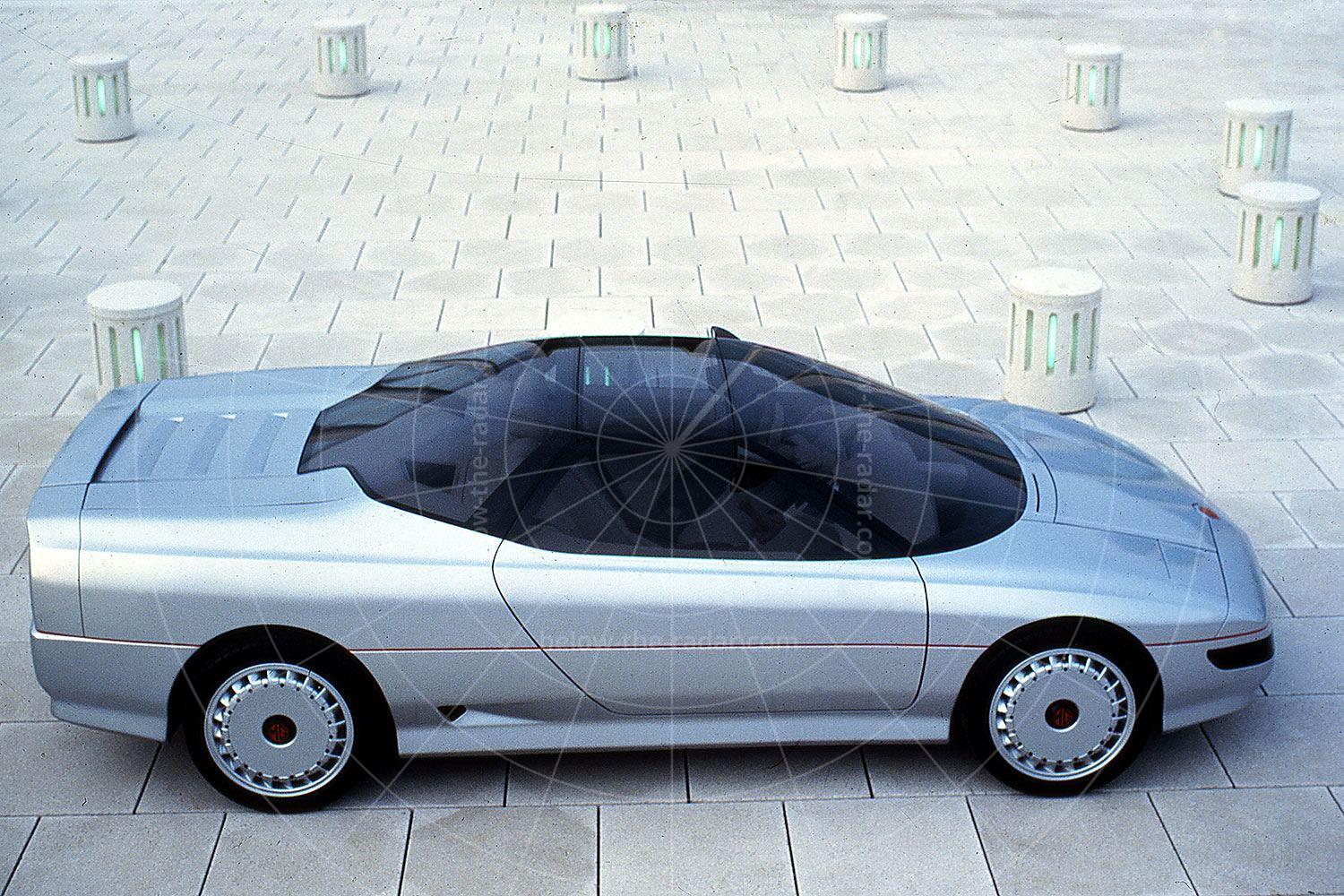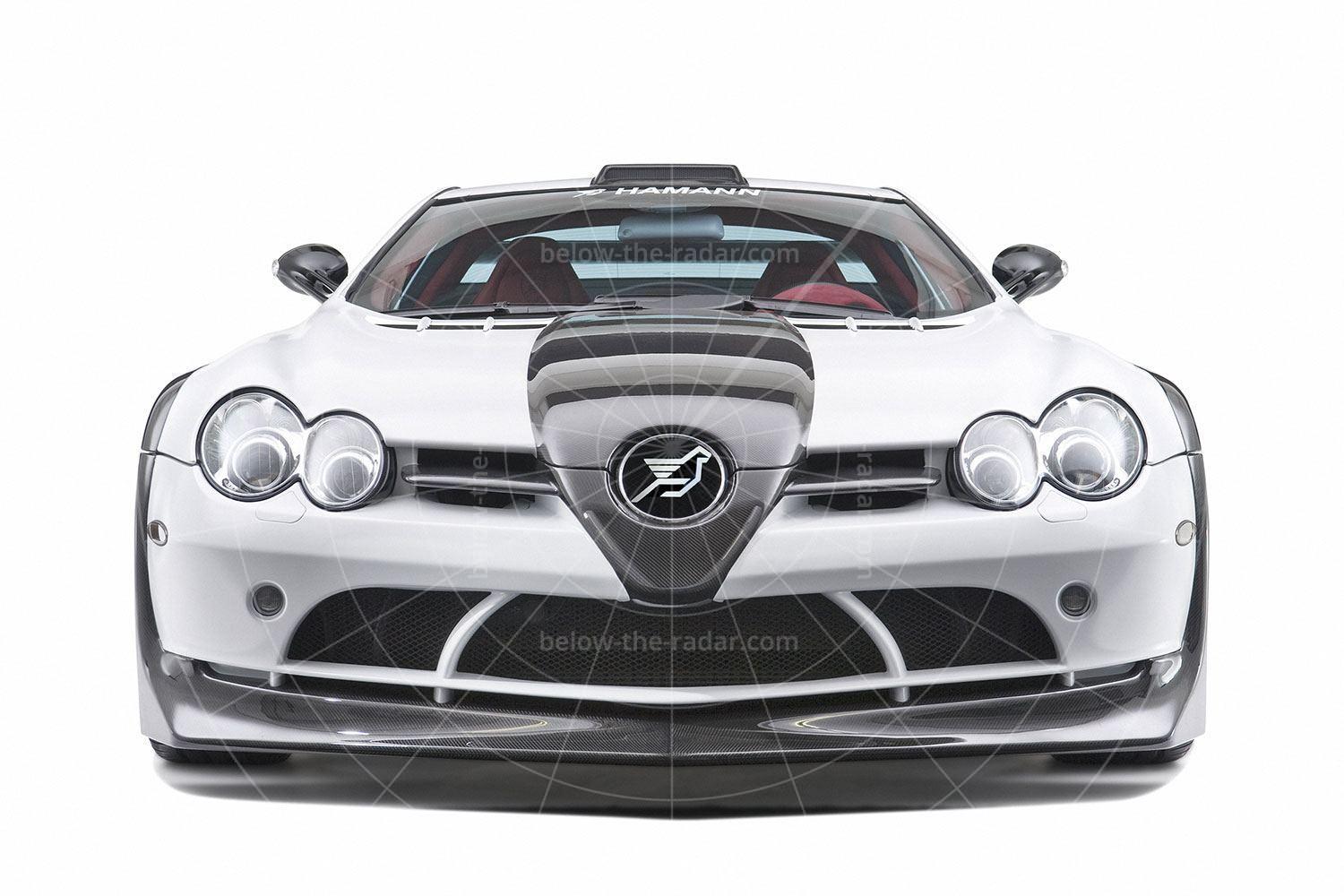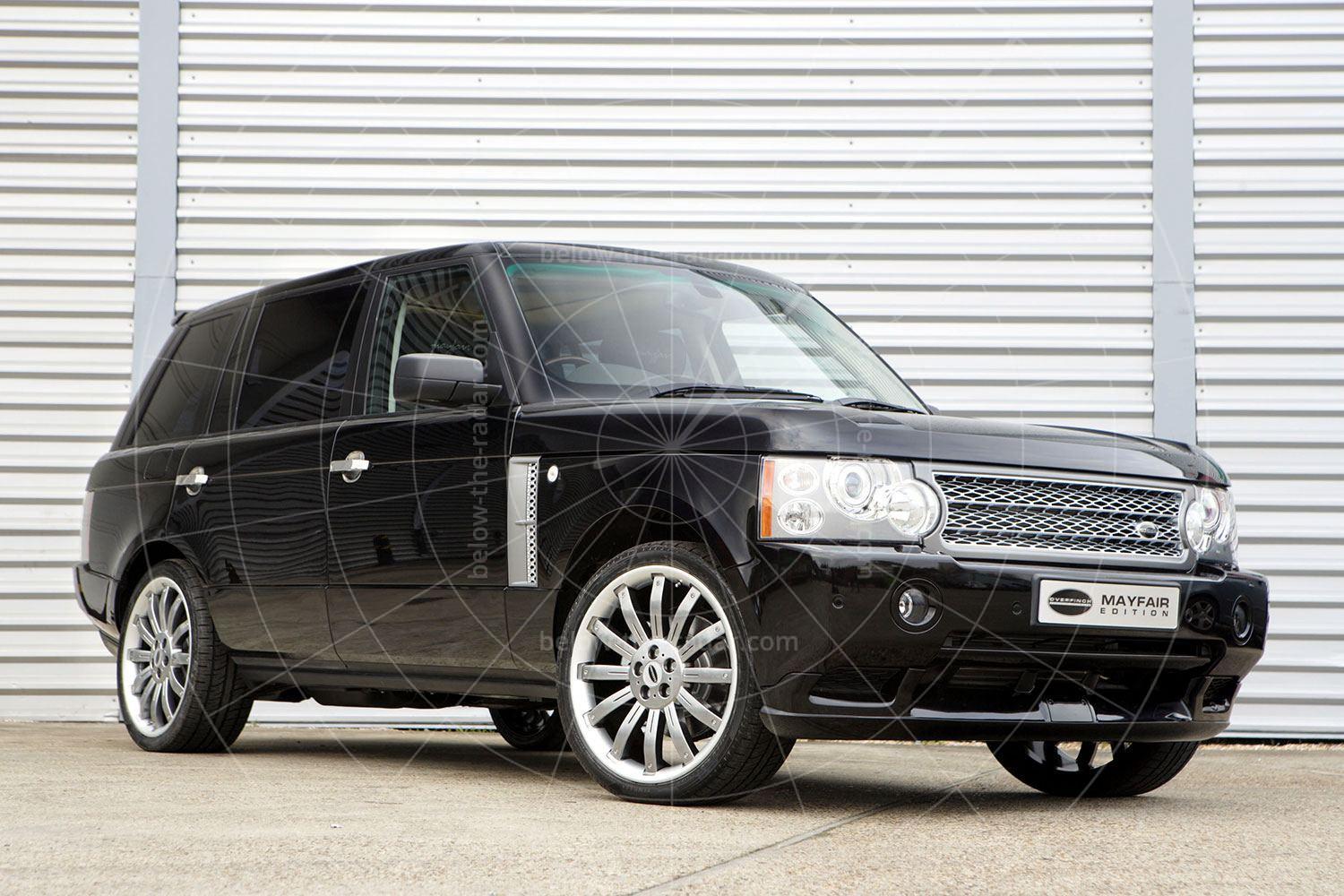Renault was on something of a roll with its concept cars around the time that the DeZir was unveiled. Sadly for the company, things weren’t looking so rosy for its production cars; they featured unadventurous styling, conventional engineering and the company had a lacklustre image. And despite a raft of image-building concepts such as the Captur, Frendzy and DeZir, there was little sign of the company’s showroom offerings becoming any more distinctive. It was no wonder Renault’s sales were on the slide; if only it had the courage to make its production cars more eye-catching.
But distinctive design was something not lacking in the DeZir, which was built for a segment in which Renault had never really competed; the compact GT. The closest Renault had ever got to this niche before was the Sport Spider, although that was an open car. However, an array of Alpine right up until the 1990s had seen cars in this segment wearing Renault badges, so the positioning of the DeZir wasn’t entirely without precedent.
What made the DeZir intriguing though was the fitment of a purely electric drivertrain; for a sporting coupé that was a novel diversion from the norm. But while Renault wasn’t afraid to put smaller, more practical electric cars into production, such as the Twizy and Zoe, it wasn’t going to risk offering an electric sporting coupé – it had already got its fingers burned with the bizarre Avantime and Vel Satis, which had been costly to develop, but which nobody wanted to buy. So it’s a shame that the DeZir never reached production, because there were probably lots of people who would have bought one just to put it in their garage and look at it, even if they never took it out.
That electric powertrain was the DeZir's headline act, the components for which were taken pretty much wholesale from Renault’s production electric cars. So it was tried and tested stuff, not just pie in the sky thinking that would probably never be realised.
Motive power came from a motor that was mounted in a mid-rear position, which was fed electricity from a lithium-ion battery fitted behind the bench seat. Offering a range of 100 miles, the battery pack could be charged in just 20 minutes if the correct 400-volt three-phase supply was available. Otherwise it was a question of leaving it charging for eight hours from a conventional power point – although an exchange battery scheme, as proposed by Renault, would speed things up even more.
To help keep the batteries charged on the move, there was regenerative braking, while great attention was paid to efficiency to increase the range as much as possible. As a result, not only was the car very aerodynamically efficient (it had a drag co-efficient of just 0.25) but it was also very light. A kerb weight of just 830kg was very impressive for an electric car, with the weight being reduced to the max thanks to the extensive use of lightweight materials such as Kevlar.
The first car to be overseen by Renault’s then-new design director Laurens van den Acker, the DeZir was also the first model to show the company’s new design language. While the design language didn’t actually have a name, it did have a philosophy; namely that any car featuring it should be simple, sensuous and warm. Whether or not the DeZir achieved that is up to you to decide, but most who saw it reckoned it managed at least two of the three, if not the full hat-trick.
The thing that struck you first about the DeZir was its amazing compound curves; it was wonderfully curvaceous from every angle. Lead designer Yann Jarsalle explained: "My early source of inspiration stemmed from the liquid sensation, wave-like movement and contrasts in light associated with certain rippled surfaces” – which is why you’ll search in vain for any evidence of a straight line.
Like all the best concepts, the wheels were just a bit too large to be truly practical; in the case of the DeZir they were 21 inches in diameter which is why the wings were so heavily sculpted to accommodate them. Meanwhile, the sides featured a combination of flush and recessed forms that played on contrasting light patterns, which really made the most of that superb red paintwork.
Most importantly though, the DeZir’s nose design previewed the new front-end identity that was poised to become a feature of all Renault’s production cars from that point on. Although sadly, none of them had the presence of this fabulous emissions-free coupé.
| Vital statistics | |
|---|---|
| Debut | Paris 2010 |
| Design director | Laurens van den Acker |
| Exterior designer | Yann Jarsalle |
| Engine | Mid-mounted electric motor with 24kWh lithium-ion battery |
| Transmission | Electric drive, active differential, rear-wheel drive |
| Power | 150bhp |
| Torque | 167lb ft |
| Top speed | 112mph |
| 0-62mph | 5.0 seconds |
| Range | 100 miles |

